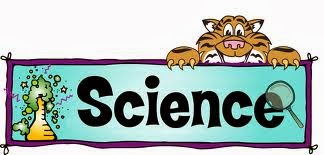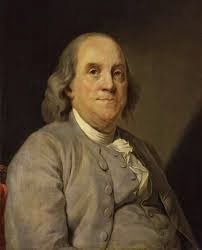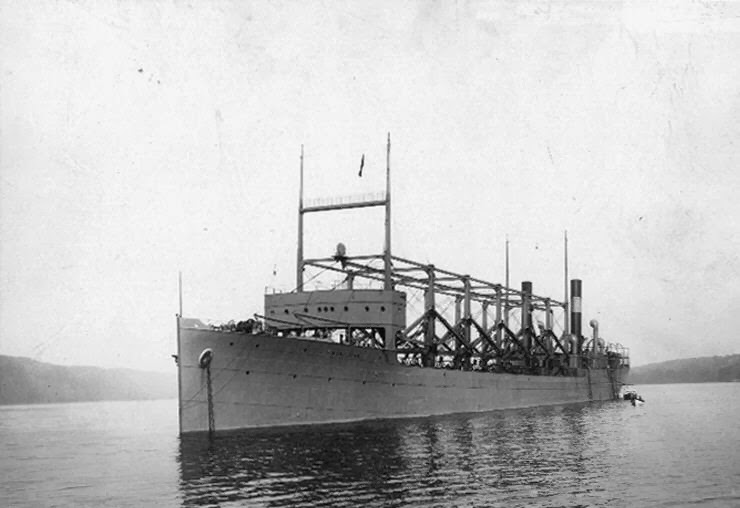Study Tip #1
Understand your study topics in your own words: Your teacher or lecturer can explain something to you, you can learn it from a text book, your friends can study with you, even your own notes can explain it to you but all these explanations are of little use if, by the end, you can’t explain what you have learned to yourself. If you don’t understand a study concept that you need to illustrate in an exam to get top exam results, then you won’t be happy with your end exam result. To combat this, get into the habit of explaining whatever it is you are studying, in your own words, so you understand your study notes. The key to help improve your memory is to understand what you’ve learned when you are studying it. So don’t just memorise and tick off the list – make sure you understand your theory.
Study Tip #2
Don’t be afraid to ask study questions: Of course, depending on what you’re studying, it may be quite difficult to get into a position to understand a concept,theory or other information you need to learn. This is where it is invaluable to ask questions of your teachers, lecturers or other educators. Don’t be afraid of asking a ‘stupid’ question – there really is no such thing when it comes to study and learning! Embrace your curiosity, for as William Arthur Ward said: “Curiosity is the wick in the candle of learning.” Doing so will allow you to fill in the blanks and better prepare you for exams.
Study Tip #3
Quiz yourself: Once you feel you understand a concept or a topic, it is important to test yourself on it. Try and replicate exam conditions as much as possible: turn your phone off, don’t talk, time yourself etc. You can set yourself a study quiz or practice exam questions and, so long as you approach it with the right mindset, you can get a very good idea of how much you know. You gain a greater insight into where you stand in relation to what you’ve studied so far. Also, it will give you some much need exam preparation, making the actual exam a more comfortable experience.Flashcards are ideal for boosting your memory and help you recall theory, definitions and key dates – these are great for quick study sessions, especially straight before an exam.
Study Tip #4
Get Creative with online study tools: Don’t feel obliged to just sit in front of a book with a highlighter; there are many different ways to study. You should pick whatever works for you. Try using as many study tools and techniques as possible to help you study better and find what works best for you. Perfect examples of such study tools would be online flashcards, mind maps, mnemonics, online study planners, video and audio resources. Login to your ExamTime account now to access your free online study tools; mind maps, flashcards, study quizzes and practice exam answers and bring your study notes with you wherever you are.
Study Tip #5
Set your study goals and create a flexible study plan: In order to achieve exam success you need to know what you want to achieve. That’s why it is extremely important to set your Study Goals now and outline to yourself what you need to do. With your study goals in mind and your end of year exams weeks and months away it makes sense to have a flexible study plan as opposed to a rigid one. The closer you get to your exams the more concrete your study plan should be, but at this point it should be porous. It should be broad enough to allow you to add and change aspects but concise enough so you know you’re covering each subject/topic as best you can at this point.






















